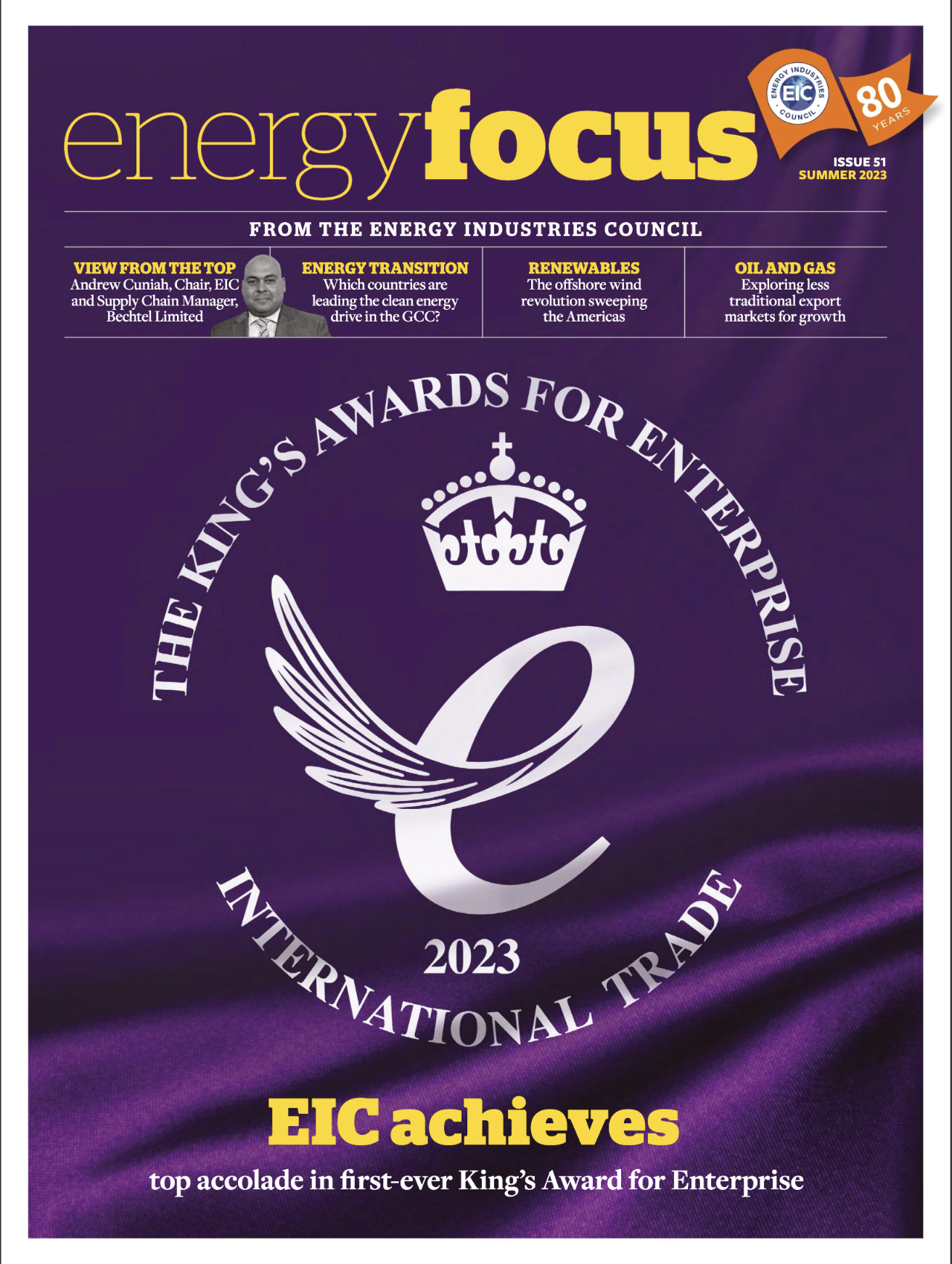An industry shaped by mergers and acquisitions
As businesses move out of survival mode and look to the future, Matthew Graham foresees a modest upturn in oilfield services mergers and acquisitions.

Amid cautious optimism, companies operating across the supply chain are continuing to focus on their customers in an effort to allay further volume declines and quell margin pressure. But what do those customers – for most serving the sector, operators and Tier 1 service companies – want and need from the supply chain?
Some operators and Tier 1 contractors have always been firmly focused on cost and the current market backdrop has led others to seek efficiencies and price reductions leaving suppliers wondering how many appreciate that cost and value are not always synonymous?
With many companies in the sector facing significant financial challenges, certainty of delivery has become an ever more important factor in customer decision making and therefore, first and foremost, customers need confidence in the ability of their product and service providers to weather the current storm. Companies with strong reputations, scale and balance sheet strength are proving best placed in this regard.
In addition to needing robustness, customers want responsiveness, superior service quality and differentiation. In an increasingly competitive market environment, ‘me too’ businesses have suffered most as customers seek product and service providers with a competitive edge, or unique selling point.
Integration and service bundling have been buzz words for the last decade, however, the current downturn has led to these being paid more than lip service, as customers focus on supply chain rationalisation enabling them to streamline procurement processes and realise savings.
Creating value by M&A
The volume of merger and acquisition (M&A) transactions taking place in the sector has been suppressed over the last couple of years; however, the objective of those deals that have closed has generally been to tick one of the boxes referred to above.
While it is often cited that companies engage in M&A to grow, diversify, eliminate a competitor, etc, recent deals in the sector have been predicated upon the ability to achieve specific, deliverable, tangible gains versus hypothetical benefits.
The industry downturn has prompted a spate of mega mergers, including GE Oil & Gas/Baker Hughes, Schlumberger/Cameron, Technip/FMC Technologies and, most recently, Wood Group/Amec Foster Wheeler. In the case of Wood Group, the acquisition of Amec Foster Wheeler serves to diversify the business and reduce its reliance on the oil industry. The other deals were primarily driven by the desire to combine complementary products and services in order to provide customers with a broadened offering. Scope for substantial synergies has also been a key factor.
In the mid-market, access to proprietary technology has driven several recent deals, with large corporates seeking to acquire and use the offerings of niche providers to enable provision of a broader package of products and services to their customers. Emerson’s acquisition of Permasense and NOV’s acquisition of Axiom Process are two examples.
The ATR Group/Centurion Group merger was not technology driven, but was geared towards better serving customers. By merging they combined rather than competed to improve their position and deliver benefits to clients and synergies which were not available to either business operating alone. As a result, this deal has been very well received by customers, leading to more and better opportunities for the merged business. An uptick in merger activity may emerge as a theme in the coming years.
Role of private equity
Centurion Group is majority owned by SCF Partners and sector specialist private equity funds have shown that they have a real role to play in oilfield services M&A in the current market, not only by way of provision of capital, but by using the experience of their principals to work with management teams to develop business strategies and deliver on those.
Active investors in the sector include Buckthorn, who has recently acquired TWMA and Ashtead Technology, Norvestor, who recently bought Read Cased Hole, and Blue Water Energy, who have completed a number of acquisitions including Optilan. SCF Partners and Energy Ventures, long-term investors in the sector, continue to actively pursue new opportunities.
What next for M&A?
Although deal volumes are unlikely to return to pre-downturn levels in the short-term, companies and private equity funds active in the oilfield are continuing to focus on how best to manage the down market and position themselves to capitalise on the upturn when it comes.
Strategic M&A will be a significant factor in those conversations and as buyers and sellers have now had a couple of years to adjust to the ‘lower-for-longer’ market backdrop, we expect a greater degree of valuation alignment, which will be a key transaction enabler.






Follow us
Advertise
Free e-Newsletter